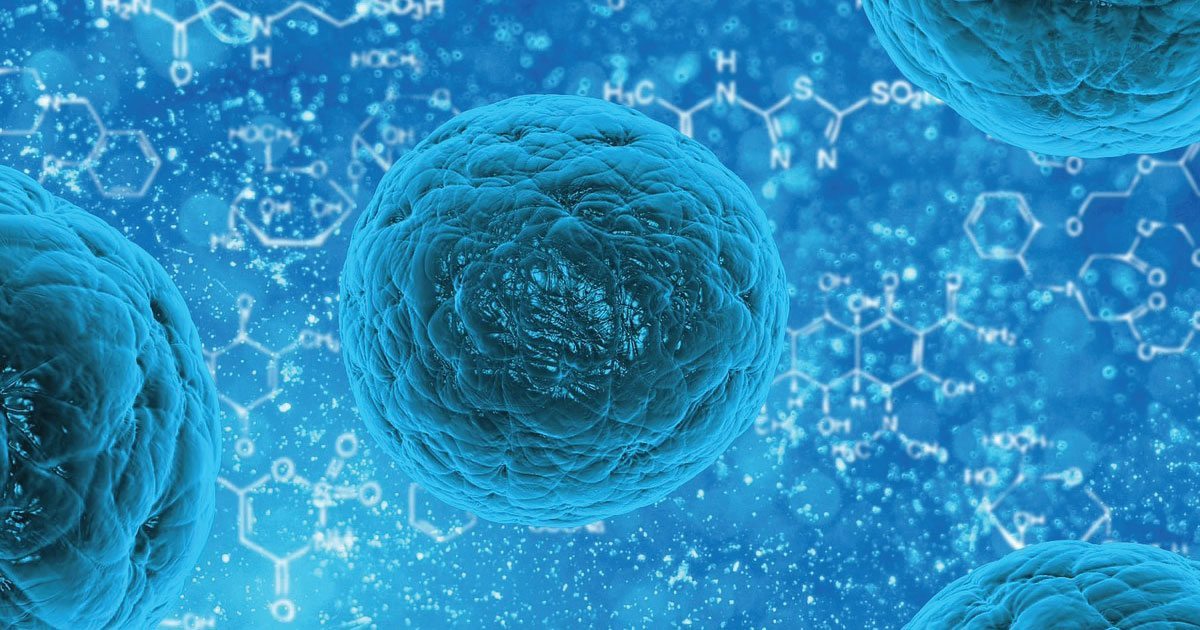Researchers Report Clearer Understanding of How Asbestos Causes Mesothelioma

The paradox of how asbestos kills cells and yet spurs growth of cancerous tumors has perplexed scientists for decades. A group of scientists led by researchers at the University of Hawaii claim to have new insights into the process. Their research may offer new tools to identify people at risk of developing mesothelioma and to prevent or slow tumor growth in people already diagnosed with asbestos-related disease.
Thousands of Americans have been exposed to asbestos and are at risk of developing malignant mesothelioma, a cancer of the lining of the lung or abdomen. Approximately 2,000 to 3,000 people die of mesothelioma each year in the United States and tens of thousands more worldwide. In addition, asbestos exposure raises the risks that smokers will develop lung cancer.
But the long latency period of 30 to 50 years from asbestos exposure to the appearance of tumors may offer a window of opportunity to block the trigger mechanism that causes asbestos-related cancer.
People often unknowingly inhale microscopic asbestos fibers at workplaces and the fibers can permanently lodge in the lung, causing inflammation. Most human cells exposed to asbestos die within 24 to 48 hours. Dead cells should not be able to multiply and form tumors. So how do cancerous tumors eventually form?
In an article in the Proceedings of the National Academy of Sciences, the researchers describe how asbestos kills cells through a process called programmed cell necrosis that leads to the release of a molecule called mobility group box 1 protein or HMGB1. The protein begins an inflammatory chain reaction in tissue that causes the release of mutagens that promote tumor growth. Cancer often occurs in the presence of chronic inflammation.
Asbestos exposure leads to elevated levels of HMGB1 in the blood, the researchers note. In the study, people with a history of asbestos exposure had HMGB1 levels that were more than four times higher than those of healthy people who had not been exposed.
The researchers say that mesothelial cell death and release of HMGB1 function as triggers in mechanism that leads to asbestos-related cancers. Based on that, they suggest it may be possible eventually to target HMGB1 to treat mesothelioma and identify groups of people who have been exposed to asbestos by simple blood tests to measure HMGB1 levels. By interfering with the inflammatory reaction prompted by asbestos, it may be possible to decrease the occurrence of mesothelioma and reduce the rate of tumor growth among people already diagnosed with mesothelioma.
In the future, therapeutic approaches aimed at blocking chronic inflammation and in particular the protein HMGB1 could reduce the risk of malignant mesothelioma among workers exposed to asbestos.
To test their theory, the lead researchers, Drs. Haining Yang and Michele Carbone of the University of Hawaii plan to conduct a clinical trial in Cappadocia, Turkey, where more than 50 percent of the population of two rural villages dies of mesothelioma from exposure to mineral fibers used in building materials. If the trial produces positive results, they plan to try a similar approach on groups of people exposed to asbestos in the U.S.
Free Mesothelioma Patient & Treatment Guide
We’d like to offer you our in-depth guide, “A Patient’s Guide to Mesothelioma,” absolutely free of charge.
It contains a wealth of information and resources to help you better understand the condition, choose (and afford) appropriate treatment, and exercise your legal right to compensation.
Download Now